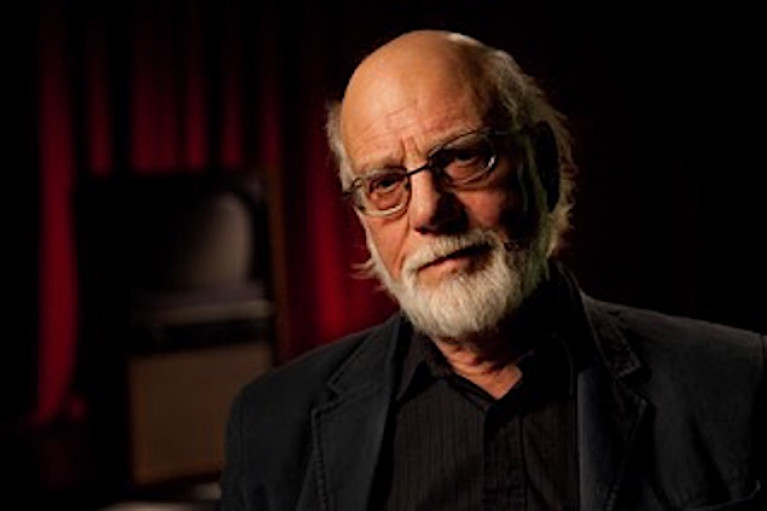Displaying items by tag: Galway Film Fleadh
Atlantean Series Part of Online Film Festival Extended Through February
Galway Film Fleadh has confirmed it is extending its online film festival which includes the Atlantean series of documentaries by film-maker Bob Quinn.
The documentaries explored Quinn’s theory that our maritime links were part of a common “Atlantean” culture extending from the western seaboard of Europe and North Africa and further east.
At the time, his theories were dismissed by academics, but the impact of global warming and climate breakdown on fuelling conflict and enforced migration now lends further weight to his research.
Quinn’s work is among some 11 films selected as part of a programme of early Irish cinema put together by Galway Film Fleadh for the month for January. Such is the demand that is it being extended by a month.
“The Solstice programme has had engagement from over 25 countries and we’ve had demand from schools of both Irish and cinema studies for the films in the programme to remain online for longer,” programme director William Fitzgerald said.
“We’re encouraged by the response, and happy for the filmmakers, to see audiences rediscovering their work,” he said.
Films to rent also include Quinn’s Poitin, Pat Murphy’s early Irish feminist masterwork Anne Devlin, Joe Comerford’s Reefer and the Model, Margo Harkin’s Hush-a-Bye Baby, Cathal Black’s Korea and Lelia Doolan’s documentary on Bernadette Devlin, Bernadette: Notes on a Political Journey.
Full details on Solstice are on www.galwayfilmfleadh.com





























































